I am using javax.imageio.ImageIO.read() which almost takes 9 seconds to read an image having size 5 mb and located at windows temp location, PFB the screenshot of Jprofiler. i want a more efficient way which can decrease the time to at least 2-3 seconds.
The file is coming as a org.springframework.web.multipart.MultipartFile request through rest endpoint and then getting copied to the windows temp location for further proccessing. The complete code block:
String fileName = StringUtils.cleanPath(multipartFile.getOriginalFilename());
Path destinationPath = Paths.get(System.getProperty("java.io.tmpdir"));
String tempPath = destinationPath.resolve(fileName).toString();
File uploadedImageFile = new File(tempPath);
File originalFileInTempLocation = file.transferTo(uploadedImageFile);
BufferedImage originalImage = ImageIO.read(originalFileInTempLocation);
While googling i found a 3rd party library which claims to be more efficient than javax.imageio.ImageIO but its a paid one: https://files.idrsolutions.com/maven/site/jdeli/apidocs/com/idrsolutions/image/JDeli.html#read(java.io.File).
Can anyone suggest a better and efficient way to read the image file.
